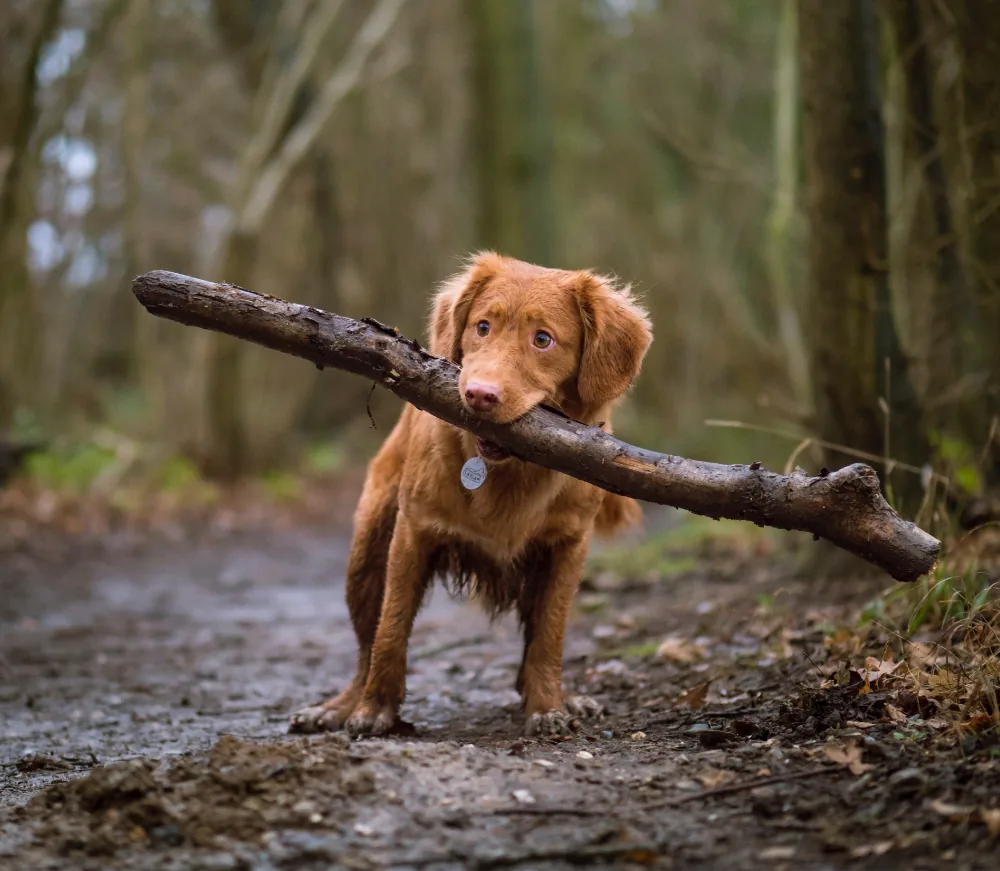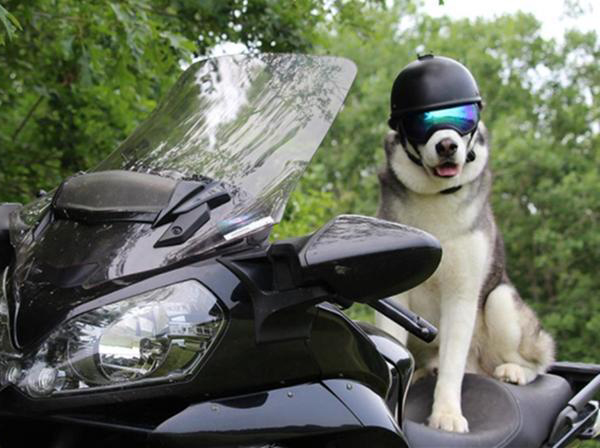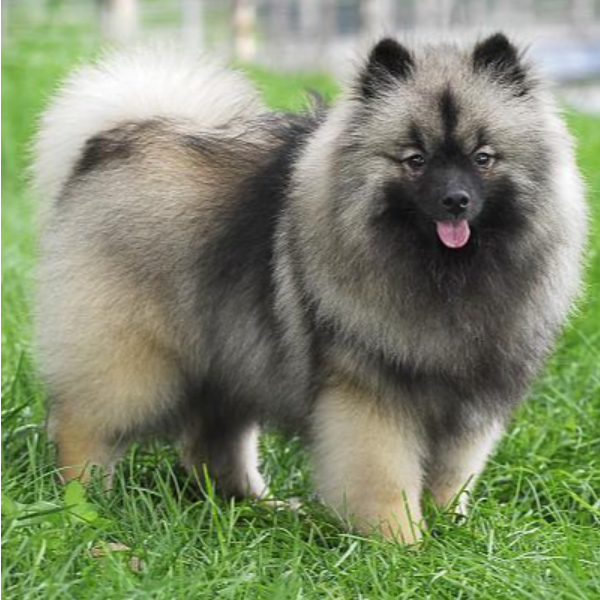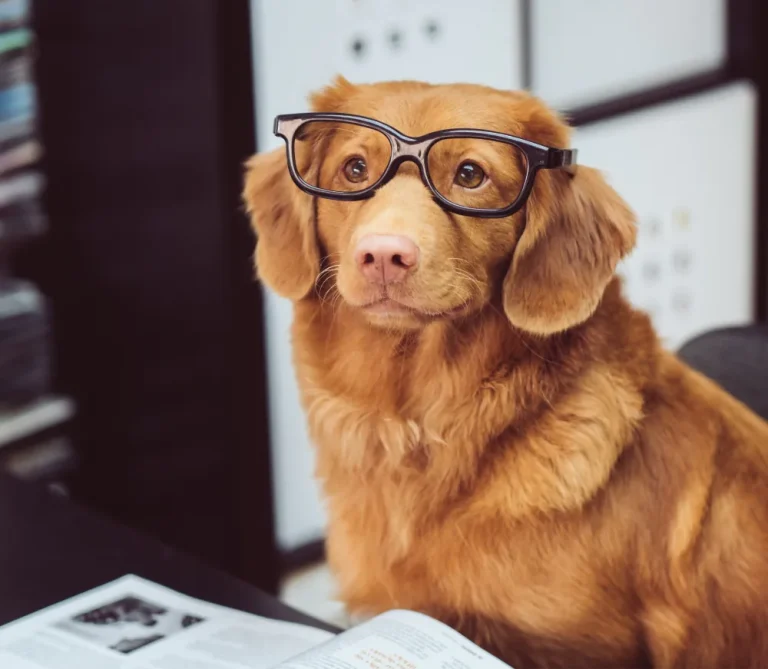
After bringing a puppy home, it is necessary for the dog owner to plan for training. However, this training does not involve teaching the puppy difficult or performance-based tricks. Instead, it focuses on socialization training. This includes toilet training, barking cessation training, mealtime training, and not jumping on people training, among others. Although it may be easier to train dogs with higher intelligence, good training results can be achieved as long as the methods are correct. Here are five training techniques and ten training guidelines we would like to share with you.
5 Puppy Training Tips
- Toilet Training
Initiating toilet training for a puppy as early as possible can be greatly beneficial. Usually, puppies feel the urge to eliminate about 15 minutes after waking up or finishing their meals. At this time, the owner should observe closely. If the puppy sniffs around, it indicates that it is signaling the need to eliminate. In such cases, promptly carry the puppy to the designated elimination area. Once the puppy has successfully eliminated in the designated area, the owner should immediately provide a food reward. Through repetition over approximately three weeks, the puppy will develop a good toilet habit.
For dog owners whose dogs violate the rules by eliminating anywhere, they should immediately intervene and express disapproval by saying “NO” and gently tapping the puppy’s buttocks as a warning.
- Leash Training
When going outside, the owner should select a suitable collar. If the puppy attempts to dash ahead, tighten the leash. When it stops, relax the leash, allowing the puppy to be in a comfortable state. After a few repetitions, the puppy will understand that it should not run freely when being walked.
- Barking Control
Nowadays, many people live in residential areas or apartments where people are concentrated, unlike the isolated houses in rural areas. If a puppy barks incessantly, it not only affects the owner but also disturbs other residents on the same floor. When a puppy barks, after ruling out any health issues, the owner can use a rolled-up newspaper to lightly tap its back as a warning.
- No Jumping on People
Sometimes dogs jump on people to express intimacy. However, they need to adapt to human society and change this habit. Jumping on unfamiliar people only makes them feel scared. Therefore, the first time a puppy jumps on its owner, the owner should immediately stop it, firmly say “NO,” and use their hand to push the puppy away. After several repetitions, the puppy will stop jumping on people.
- Mealtime Training
During mealtime training, firstly, designate a fixed dining area. Then, only allow the puppy to start eating after obtaining permission from the owner. The owner can place the food in front of the puppy, hold its body to make it sit down. If the puppy misbehaves and tries to eat immediately, the owner should immediately remove the food and wait until it stops and returns to a waiting state. Then, put the food back and give the command “OK” to allow the puppy to start eating.
10 Training Guidelines
- Training is not always smooth, so one should not easily get discouraged or blame their pet in the face of setbacks. Instead, provide more encouragement to improve their learning confidence and abilities. Stable emotional states of the owners also help enhance the stability of the dog. If the owner becomes excited or emotionally unstable, the dog will feel fear and become cautious, which can affect the learning process. Of course, professional dog training courses and instructors can assist owners in better interacting with their dogs, thereby improving the training results.
- Just like children, different dogs have different temperaments. Different breeds of dogs learn at different speeds and in different ways. Some dogs may be more stubborn and resist training, while others are more docile and try to please their owners. Therefore, different learning methods should be employed for different dogs.
- Rewards should be given promptly. Dogs are simple-minded creatures, and if a long time elapses, they may not understand the cause and effect relationship. If your dog obeys a command, you must praise or reward it within three seconds to reinforce the training result. Once this time frame is exceeded, it will no longer associate your reward with its previous behavior.
- Training clickers are specialized sound devices for dog training. Compared to rewards such as food or petting, the sound of a training clicker is more immediate and suitable for the dog’s learning speed. Every time the owner presses the clicker, a substantial reward should be given to the dog. Over time, the dog will naturally associate the sound with the reward. Therefore, a training clicker can be used with any command given to the dog.
- Avoid distractions for the dog. Encourage other household members living with you to join in the dog’s training. For example, if you teach your dog not to jump on people but your child allows it, then your training efforts will be in vain.
- Correctly obeying commands should be rewarded, but the rewards should not be excessive. A small amount of easily chewable food is sufficient. Avoid making the dog too full or spending a long time chewing food, which may hinder the training process. Choose food that can be chewed quickly, such as pencil eraser-sized treats. They can reward the dog without taking too much time to finish.
- The rewards should be adjusted based on the difficulty of the action. For more challenging or important commands, rewards can be appropriately increased. Good options include pork liver slices, chicken breast chunks, or turkey slices.
- Do not feed the puppy a full meal a few hours before training. Hunger increases its desire for food, and the more hungry it is, the more focused it will be in completing tasks.
- Every training session should end on a positive note, regardless of the puppy’s performance during that session. When concluding the training, choose commands that the puppy has already mastered and take the opportunity to praise and encourage it. This way, the puppy will remember your love and praise each time.
- If your dog barks incessantly and you want it to stop, simply ignore it and praise it when it becomes quiet. Sometimes dogs bark to seek attention, while other times barking is their only means of expression.
By following the above training guidelines, you can achieve desirable training results. However, it is important to ensure that dog training is conducted willingly by the dog. The key to making the dog willing to train lies in the interaction with the owner. Both play and food cannot be separated from interaction. Therefore, owners should consider training as playtime with their dogs so that the dogs will be more cooperative in performing actions.




